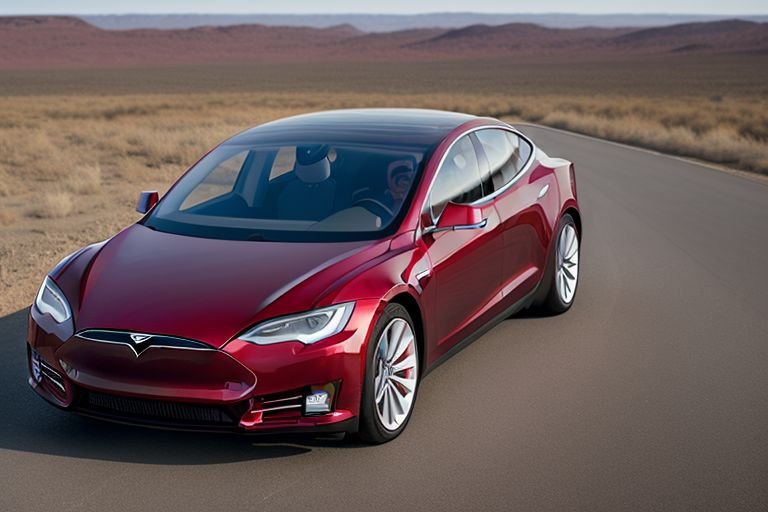Tesla Inc, the electric vehicle and clean energy producer, ahs recently presented new innovation in the field of solid state batteries, which might drastically transform the eCars market and energy storage system. The press release has sparked a buzz in the automotive and technology industries since Tesla said it had solved key issues that have prevented solid-state batteries from being adopted in the car industry.
Solid-state batteries have been referred to as the solution to energy storage problems because they provide longer battery life, faster charging, high energy density, and safer batteries than lithium-ion batteries. Nonetheless, to date, limitations of manufacturing scalability and cost have prevented this technology from seeing broader applications in most laboratories.
Tesla’s big deal is that the one, two-and-a-half, and three are a new solid-state electrolyte material that solved the main problem of previous projects. LB’s researchers have created a ceramic electrolyte based on ceramics characterized by high ionic conductivity at room temperature and thermal and mechanical stability in various modes of operation. This advancement also enables the passage of ions between the cathode and anode without requiring high temperatures or pressure during its operation.
The claimed energy density in the new solid-state cells that Tesla is talking about is one of the most important factors in their recent announcement. They claim that such batteries can have an energy density equal to or greater than 500 Wh/kg, twice as great as lithium-ion batteries used in electric cars today. This could increase energy density by almost 100% and could thus essentially double a car’s range without having to bother with the size and the weight of the batteries, which is one of the significant concerns held by those who are skeptical…
Besides the higher energy volume density, solid-state batteries, developed by Tesla, have other advantages in terms of charging. The firm says that these new cells can be charged from 10% to 80% capability using high energy charging points in merely ten minutes . It means that charging time in public stations may decrease if this technology is implemented and the attractiveness of charging electric vehicles in the middle of long distance travelling may increase.
Safety has been another area that has dominated Tesla’s product development processes. The use of solid-state electrolytes in the construction of these batteries makes them free from inflammable components, unlike liquid electrolyte batteries. Tesla has integrated more features to enhance the safety of its electric car; first is the company’s even less thermal management system that has significantly less possibility of thermal runaway, a high energy battery feature.
Another advantage of these new batteries is that they tend to last so much longer. For one, Tesla believes that their solid-state cells are capable of surviving more than 1,000 cycles of charging and maintaining 90 percent of the charging capacity of the new battery. This increase in battery life could bring down enough costs per kilowatt hour to make the overall purchase of electric cars cheaper and promote the reliability of large-scale batteries for energy storage.
This has not only brought into focus the technology factor, but also the matter of its manufacturability in a way that was missing before. The company notes that a new scalable production process that can easily adapt to normal battery manufacturing lines has been established. This approach can likely help speed up the progress of solid-state technology to become standard across the market.
This means something to automotive sector and much more. Tesla established its high-power density batteries can be used in energy storage products such as power wall and power pack. Higher energy density and better safety profiles are the biggest benefits that qualify these batteries for residential and grid storage that could help quicken the shift to cleaner power sources.
The announcement has been met with some measure of enthusiasm accompanied by reserved optimism by industry analysts. Despite acceptance of the fact that this technology could indeed alter the face of the car industry in the coming years, most people also insist that, firstly, the claims made by Tesla Motors are yet to be validated by third parties and, secondly, that we still have to see these batteries in action in the world outside the laboratory for years to come.
Tesla’s rivals across automotive and energy storage industries alike are paying attention to these innovations. Volume automotive and battery manufacturers have internal research programmes on solid-state batteries, and Tesla’s announcement will probably increase competition to make this technology available for use in automobiles.
Environmental activists have expressed their approval of the news that they believe will advance the electric vehicle and renewable energy storage industry faster. The enhanced performance and safety of solid-state batteries might alleviate most of the existing concerns related to EV implementation and large-scale energy storage application today.
Tesla has stated that it will initiate pilot production of these new batteries as soon as its initial design targets in early 2025 and then complete the ramp to scalable production by the end of that year. These batteries will first be used in high-end vehicle models before spreading to other models within the company portfolio.
Like in any large technological shift, there are issues to be addressed and hurdles to be jumped. The cost of producing the equipment, the availability of raw materials for the production of this equipment, and the fact that real-life testing will take a relatively long period of time to determine the most suitable technology that can support this innovation are some of the factors that will slow down the pace of adopting this kind of technology.
In any case, the recent announcement by Tesla is a key step in the advancement of the new generation of energy storage platforms. If they can deliver what they promise, then it could revolutionize the world of transportation and renewable energy with their new breakthrough in solid-state batteries.


